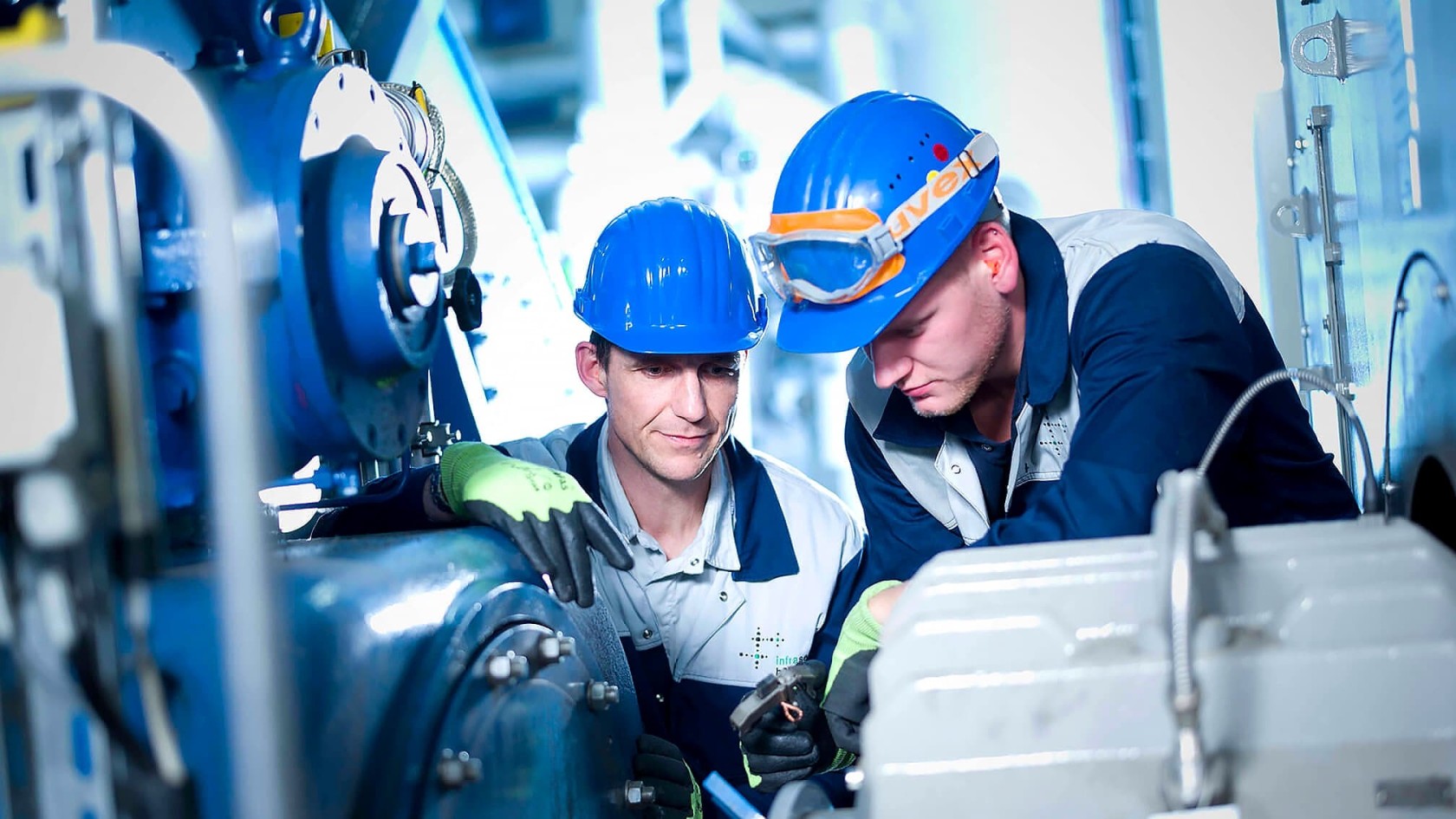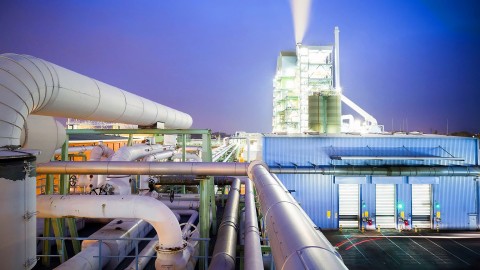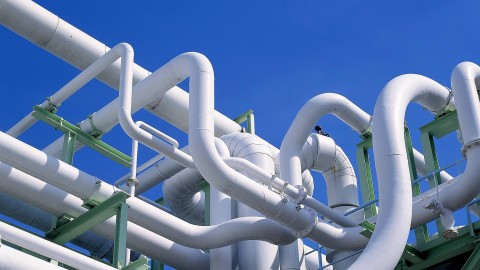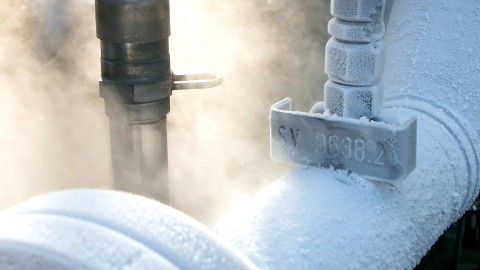R-290: Propane as a refrigerant
This article gives operators of refrigeration, air conditioning and heat pump equipment charged with R-290 a quick overview of R-290. It also contains useful information on R-290 as a possible alternative refrigerant for operators of systems filled with refrigerants that are subject to volume restrictions or future bans as under the European F-Gas Regulation. It explains where to obtain further information and assistance as well.
General information about R-290
Propane (molecular formula: C₃H₈) is a hydrocarbon that exists as a colorless, odorless gas. This natural refrigerant is also named R-290. It has comparable working pressure levels and refrigeration performance to conventional refrigerants. R-290 has been used in refrigeration, air-conditioning and heat pump equipment for years, and its use is on the rise.
R-290 is valued as a high-performing, energy-saving refrigerant due to its high energy efficiency and excellent thermodynamic and refrigeration properties, which are comparable to R-22, a formerly widely used refrigerant. It is not ozone-depleting and its low GWP (global warming potential) value of 3 means it has a very low greenhouse effect. Consequently, this makes the liquefied gas an environmentally friendly alternative solution that can circumvent future use restrictions and bans on fluorinated refrigerants (F-gases) in quite a few applications.
Propane does have one problem as a refrigerant: It is highly flammable. It is classified in safety group A3 (DIN EN 378-1). Its use is thus subject to special safety requirements. In addition, it can form explosive mixtures when mixed with air, but propane is very unlikely to escape into the air if proper safety precautions are taken.
R-290: an alternative to F-gases
The phase-down required by the current EU F-Gas Regulation and the associated use restrictions and bans have already caused a noticeable shortage of many common high-GWP refrigerants. This has drastically increased prices. Obviously, these developments pave the way for less climate-damaging solutions in refrigeration and air conditioning. The refrigerants of the future include natural refrigerants such as propane (R-290), n-butane (R-600a) and other hydrocarbons; ammonia (R-717); and carbon dioxide (CO₂ / R-744).
R-290 is from a technical point of view a particularly suitable replacement for R-502 and R-22 or their derivatives; it has very similar thermodynamic properties to R-22 and can basically be used wherever R-22 was previously used. In many cases, only minor technical adjustments were required when converting from R-22 to propane. However, the safety requirements are increased:
In many cases, operators see better operating performance and energy savings of 10 to 30 percent. However, the safety requirements must be taken into account here due to the flammability, so that risk assessments and, if necessary, safety-related adjustments (explosion protection, installation location, etc.) are required for new systems and especially when retrofitting old systems. ; here, the relevant regulations and standards must be observed with regard to the installation conditions for the use of an A3 refrigerant.
Propane can also easily substitute for R-134a, R-404A and other comparable substances under certain circumstances. Energy savings of around nine percent compared to the same systems with R-134a are possible.
The use of R-290 or an R-290 retrofit in commercial refrigeration and air-conditioning equipment can be subsidized by the German Federal Ministry of the Environment.




